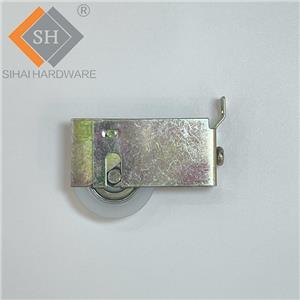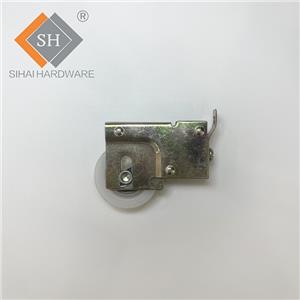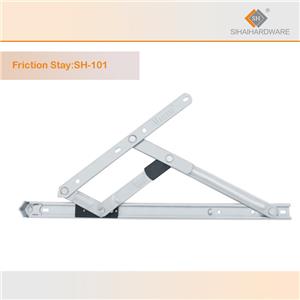Informative knowledge about Casement Window Hardware!
Informative knowledge about Casement Window Hardware! what are the indicators and standards that must be met for qualified stainless steel hinges and casement handle?
First of all, the common materials for casement window hardware accessories are the following: Zinc Alloy, Aluminum Alloy, Stainless Steel and Plastic. Zinc alloy is a die-casting part with strong hardness, so it is mainly used in the handle base, handle gear and other force-bearing parts. Aluminum alloy is not as good as zinc alloy because of its strength and tensile strength, so it is used in places with less force, such as handles. Stainless steel is mainly divided into 304, 201, 316 stainless steel; it is mainly used for window friction hinges, tilt and turn diagonal tie rod, etc. Plastics are mainly used for gaskets and decorative covers.
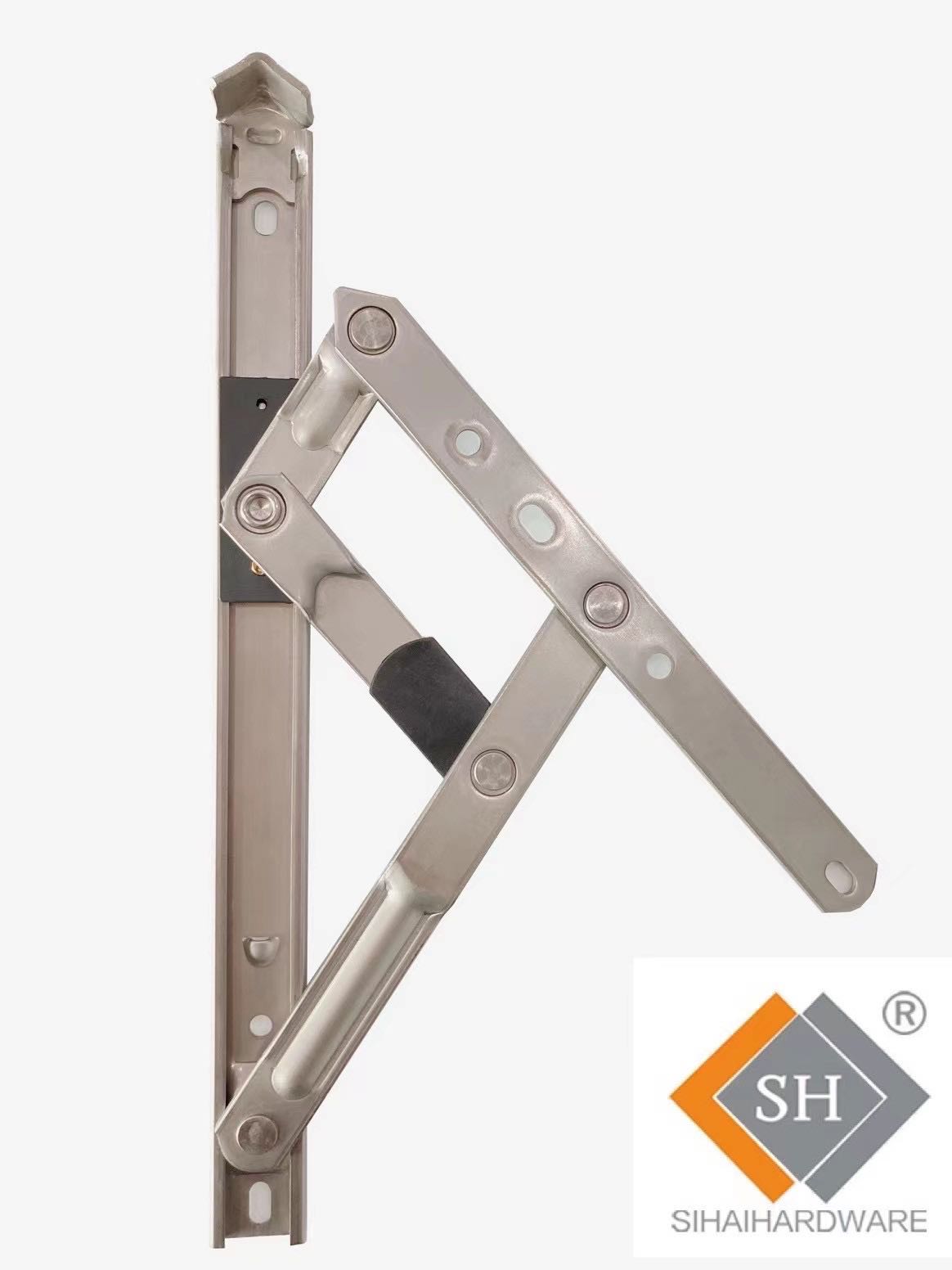
So next, we will tell you step by step what standards each casement window hardware should meet to be a high-quality product. First of all, each product has certain requirements for the appearance surface covering. The exposed surface of the SS window friction hinges product and casement handles should be free of obvious defects, scratches, pores, sharp edges, burrs and other defects. The connection should be firm, round, smooth, and should not have cracks. In addition, the electroplated die-casting parts, such as handles and hinges, should have a dense and uniform coating without defects such as yellowing and scorching.
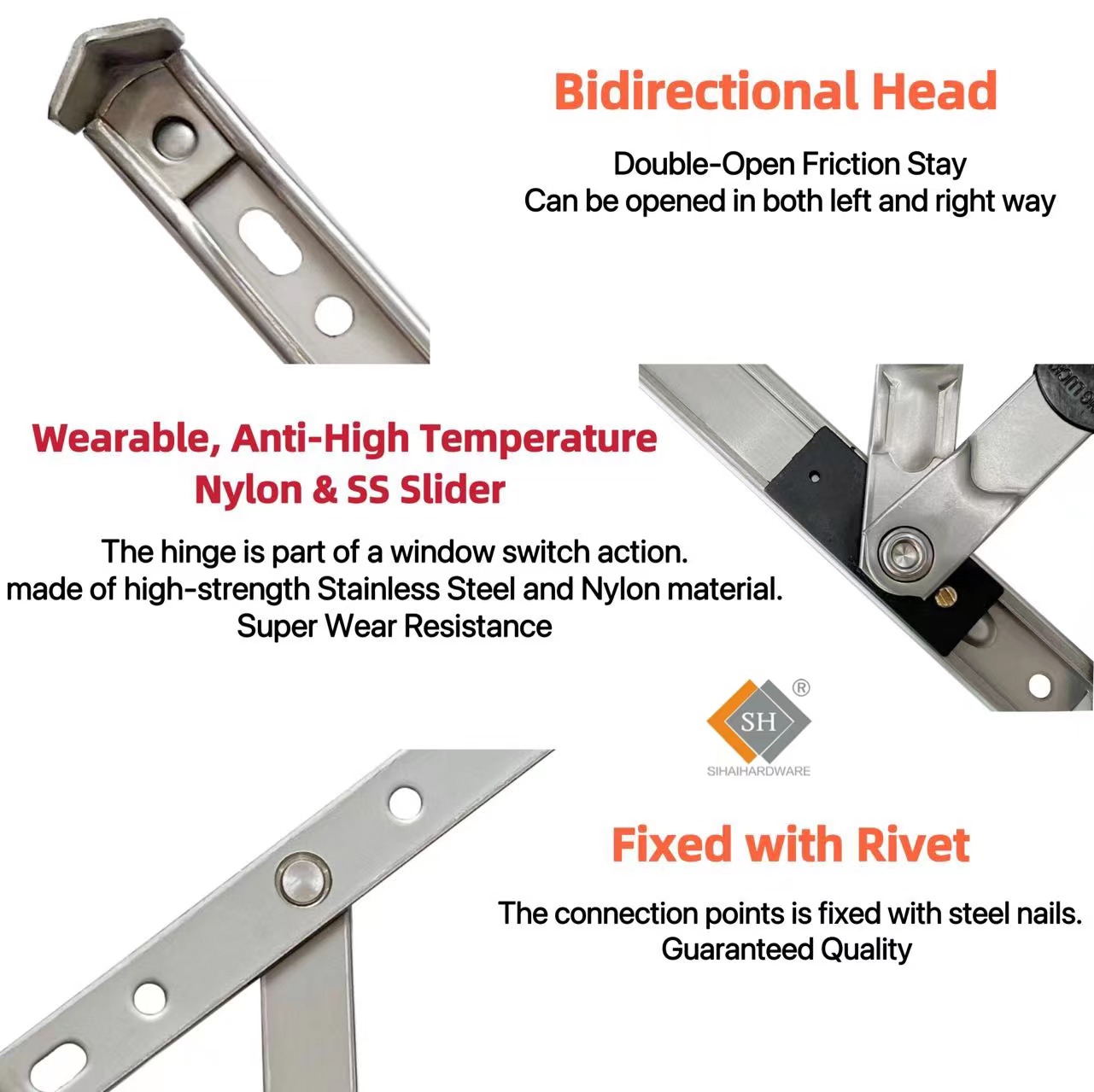
In addition to surface treatment, we will also introduce the performance requirements of the products one by one. The performance required for the casement handle is mainly divided into operating force, repeated opening and closing performance, and tensile performance.
A qualified handle should satisfy the no-load operating force of not more than 40N, and the operating torque of not more than 2N/m.
After 25,000 opening and closing tests of the casement handle, it should still meet the requirements of the operating torque, and the deviation between the opening and closing positions and the original design position should be less than 5°.
A strong tensile strength handle means that after the handle is subjected to a tensile force of 600N, the maximum permanent deformation of the outermost end of the handle should be less than 5mm.
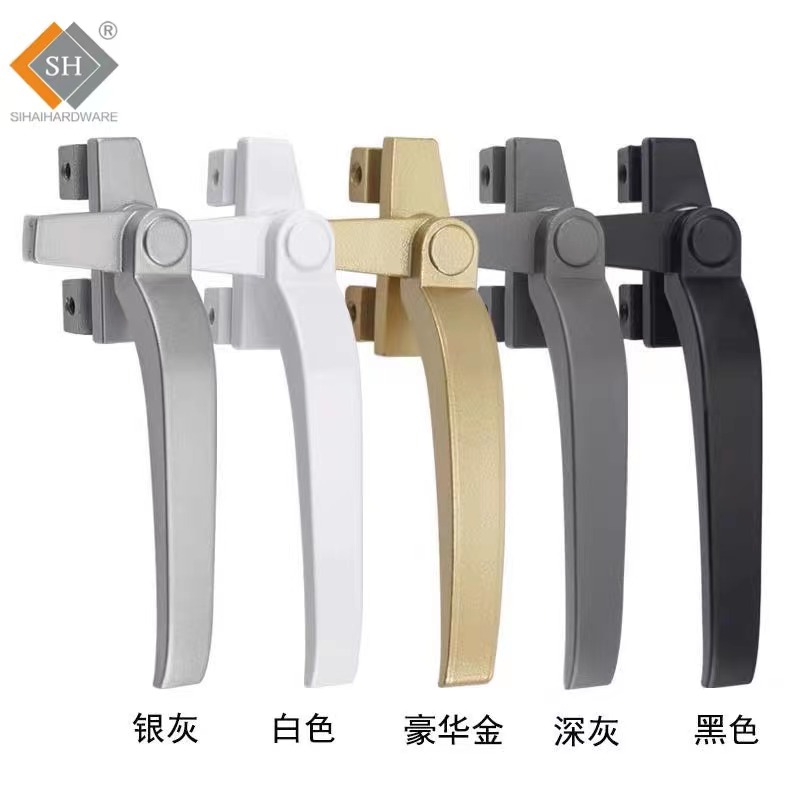
For stainless steel window friction hinges, the design requirements mainly focus on five aspects: self-positioning force, opening and closing force, repeated opening and closing performance, the gap between the window and the sash after installation, and its product strength.
First of all, the self-positioning force of a set of window friction hinges should be adjustable to not less than 40N.
Also, within the opening range of 0mm~300mm, the opening and closing force of the window hinges should not be greater than 40N.
Regarding the gap, when the window sash is locked, the change value of the sealing gap between the fan corner fan and cabinet where the friction hinge is installed should not be greater than 0.5mm.
After repeated opening and closing 25,000 times, the opening and closing force of the window sash should not be greater than 80N.
Finally, when a window friction hinge with qualified strength is opened to the maximum opening angle, the hinge shall not fall off after being subjected to an external force of 1000N.



